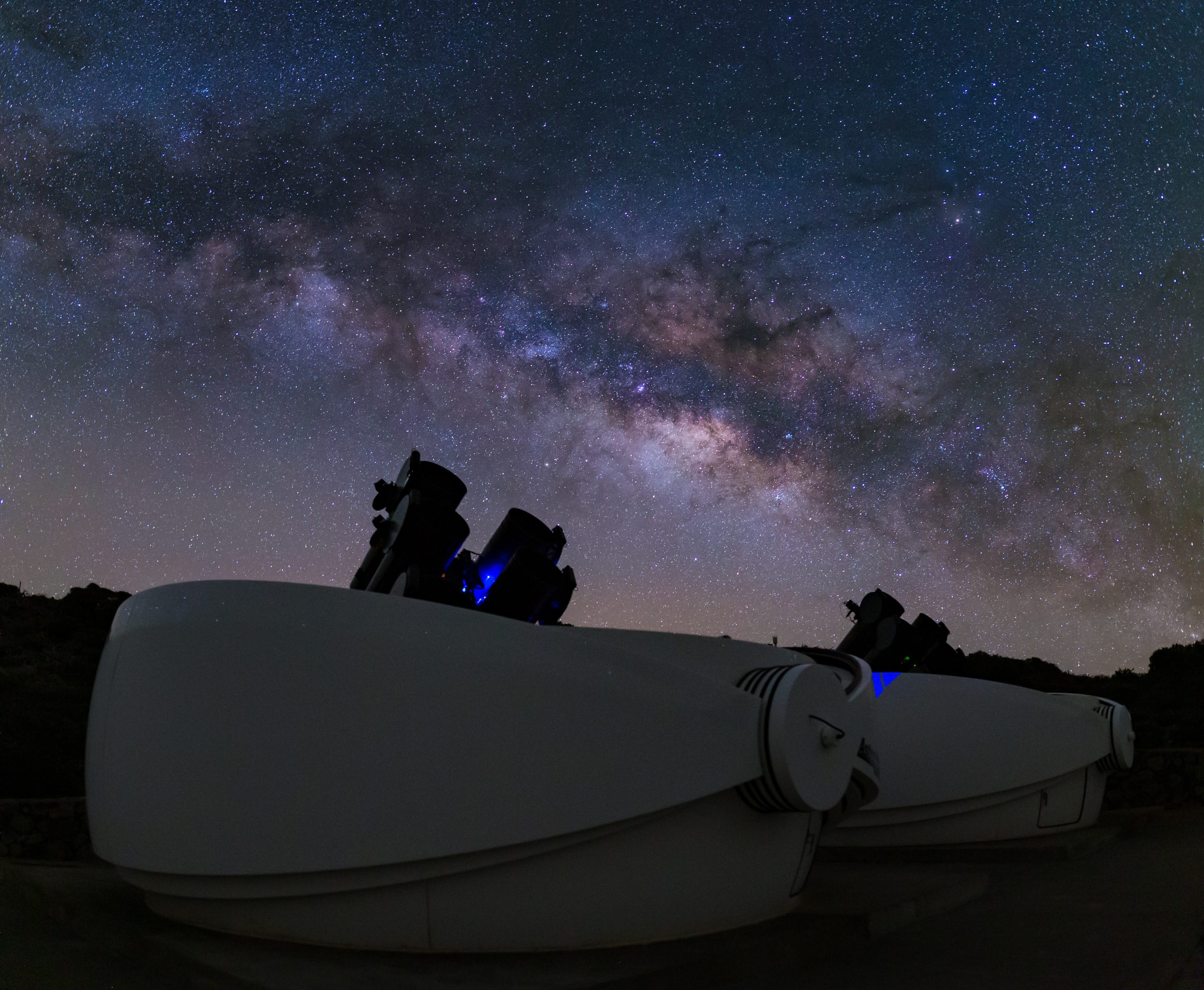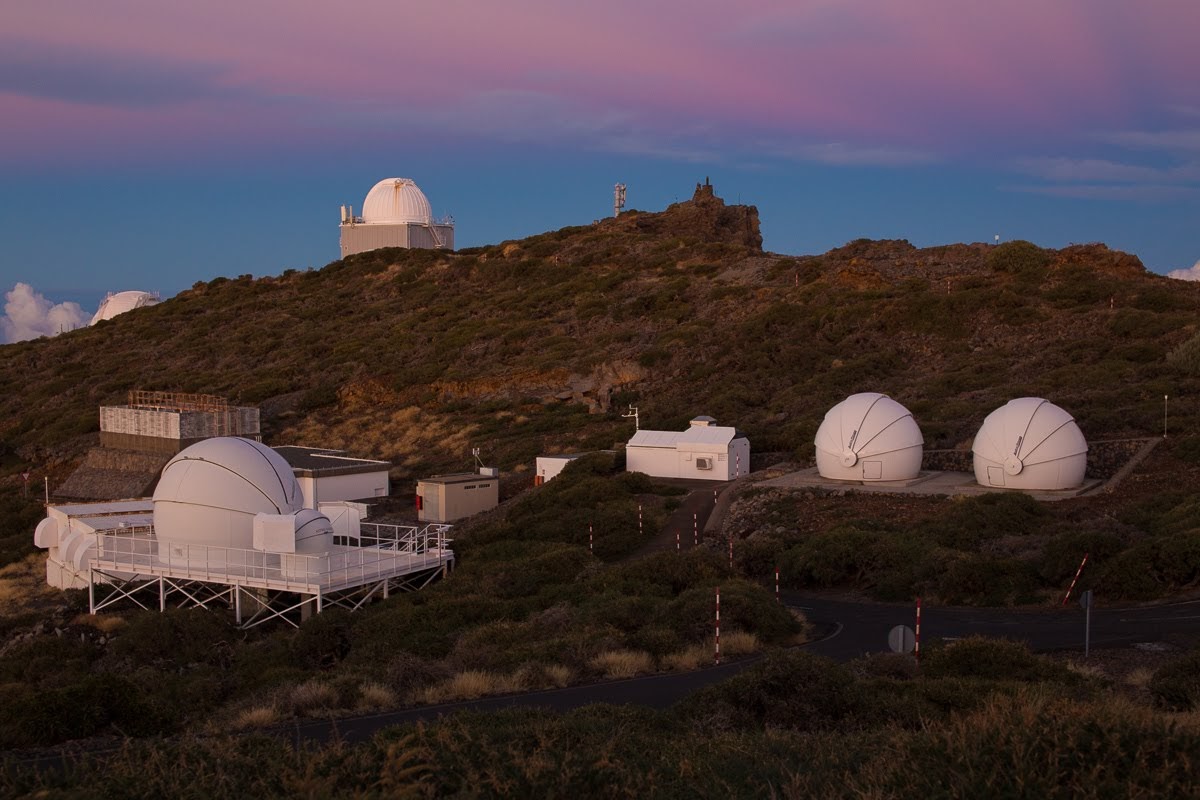In 2016, the first direct detection of gravitational waves was announced by the Adv-LIGO experiment, produced by a merger pair of black holes. That significant discovery provided strong motivation to search for and identify optical counterparts. Several projects have been focusing on this opportunity. When the first binary neutron star merger was detected in 2017, an intense targeted search program was pursued by several collaborations, exploiting the fact that only a small sample of galaxies were consistent with its location and distance. Neutron star mergers are expected to produce electromagnetic emission and indeed a bright associated transient was discovered across the EM spectrum. It confirmed that this kind of multi-messenger astronomy is possible and also showed that the optical/UV band is well suited for very early searches, as it peaked within one day and started to fade after a couple of days.
Although the GW170817 event was relatively well localised, more typical high probability regions, even with 3 LIGO/Virgo detectors operating, is of order of hundreds of square degrees. For that reason, the Gravitational-wave Optical Transient Observer (GOTO) adopts the wide sky area search approach. In the early phases of GW-EM follow-up sky localisations are the poorest and large and complex error boxes need to be searched over quickly for rapidly evolving transients. Targeting the earliest (and likely brightest) transient phases allows for rapid localization of viable candidates and feed larger facilities for furtherfollow-up.
A key component is a synoptic survey mode when not pursuing an event trigger. This ensures very recent reference images are available across the visible sky. This is critical for identifying false-positives and will offer a broad array of time-domain/transient science with GOTO.
The hardware design is scalable, adaptable and upgradable, using ‘off-the-shelf’ components to minimize costs. The systems use an array of fast 40 cm diameter astrographs (f/2.5) in order to achieve a large instantaneous field of view using relatively cheap unit telescopes. A heavy-duty robotic mount is capable of supporting 8 astrographs within a clamshell enclosure. Individual astrographs can be adjusted using guidemounts to configure the desired sky footprint of the array. Large format, but lower grade, detectors are used in conjunction with wide passband filters to reduce the overall cost/pixel.



